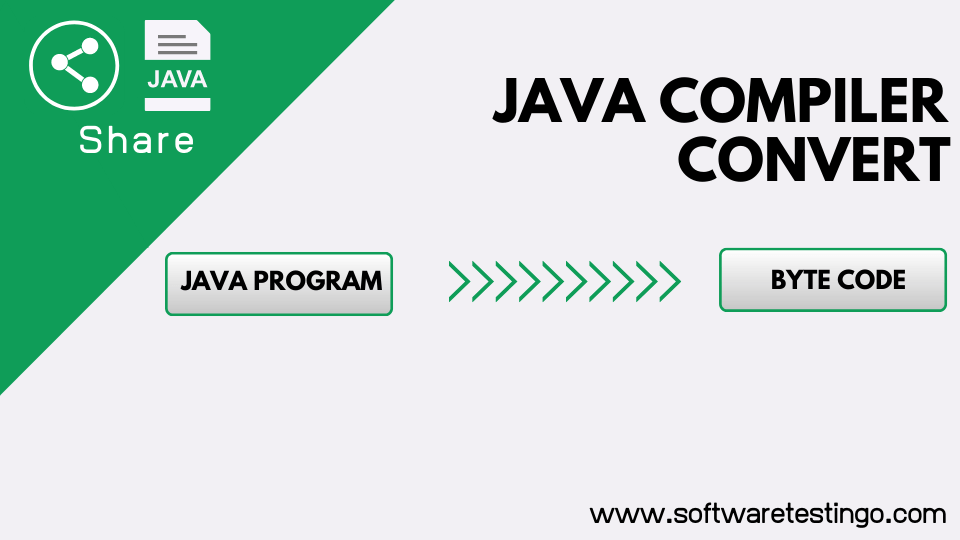Introduction to Java: Java, often called “the mother of all languages,” is one of the world’s most popular and versatile programming languages. Since its inception, Java has gained immense popularity and has become an integral part of software development across various platforms. This blog post will provide a comprehensive introduction to Java programming language.
The Birth of Java
Java’s story begins with creating a platform-independent language that could run on any device or operating system. James Gosling and his team envisioned a language that could be used to develop software for everything from tiny embedded systems to large-scale enterprise applications. Thus, Java was born.
Introduction to Java Programming Language
Java is a high-level programming language that has gained immense popularity over the years due to its simplicity, security, and platform independence. Sun Microsystems originally developed it in 1995, and after that, Java has been widely used to create robust and scalable applications for desktop, web, and mobile devices. This can happen because Java has features like object-oriented nature, rich API, and automatic memory management, making it a popular developer choice.
Java is also the language of choice for developing Android mobile applications. With its ability to run on multiple platforms, Java has become one of the most sought-after programming languages in the industry. This introduction to Java will provide a basic understanding of the language’s fundamentals and different Java Terminology, which will help you start with Java programming.
Java Terminology
Like other languages, when we are planning to learn any coding or scripting language, we must be familiar with the terminology used in that programming language because the terminology will help us understand the programming language in a better way. So, before starting the Java concepts, we will review the terminology first. Here are a few common Terminology of Java language:
Java Virtual Machine (JVM)
Before starting the discussion about the JVM (Java Virtual Machine), we have to understand the phases of the program execution. So the stages are:
- Write the program
- Compile the Program
- Run the program
So, as a developer or a tester in the first phase, we need to write the code. As we are learning the Java language, When it comes to the compilation of the program, we are taking the help of the Javac compiler, so the primary function of the Javac compiler takes the Java program as the input and converts that to byte code as output. After that, in the final stage, JVM executes the bytecode, which is generated by the Java compiler.

After the Java compiler generates the byte code, the next Someone needs to execute the byte codes. Here, JVM comes into the picture, executing the bytecode (Read: JVM architecture ) generated by the Javac compiler. However, one thing you should keep in mind is that each operating system has a different JVM. Still, our output after executing bytecode is the same across all operating systems because the Java programming language has a feature called a platform-independent language.
Java Development Kit (JDK)
As the name suggests, it is a complete Development kit that includes JRE (Java Runtime Environment), compilers, and various tools like JavaDoc, Java debugger, etc. So when you try to run a Java program, then JDK needs to be installed in your system; otherwise, you can’t run the Java program.
Java Runtime Environment (JRE)
As we have mentioned in the JDK, JRE (java runtime environment) is a part of JDK. If JRE is installed on your system, you can run the Java program but can’t compile it.
There are so many other terminologies that are also present in Java, but we are trying to explain those terminologies, which are very common. We hope you have a clear idea about the above terminologies; if you still have any doubts about those Java terminologies, feel free to comment in the comment section; we are happy to help you.
Conclusion:
Java’s longevity and continued relevance in software development testify to its power and flexibility. Whether you’re a beginner looking to start your programming journey or an experienced developer seeking a robust and versatile language, Java is an excellent choice. In this blog post, we’ve only scratched the surface of what Java offers, but it’s a language worth exploring further.
In future articles, we’ll dive deeper into Java’s core concepts, advanced features, and best practices. Stay tuned to unlock the full potential of this remarkable programming language.
I hope you find this blog post on the introduction to Java programming language informative and unique. If you have any specific questions or need further information on any topic related to Java, please feel free to ask.
Who created Java?
Java was created by James Gosling at Sun Microsystems in 1995. Later, Java was acquired by Oracle.
What is Java programming?
Java is a high-level programming language developed by Sun Microsystems. It was originally designed to develop programs for set-top boxes and handheld devices but later became popular for web application creation. The Java syntax is similar to C++ but is strictly an object-oriented programming language.
When was Java created?
Java was created in 1995
Who Is the Creator of Java?
Java is one of the most popular languages in the world & James Gosling created it.
